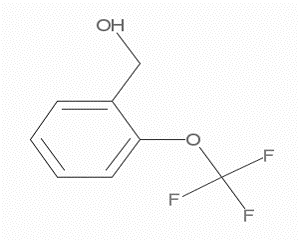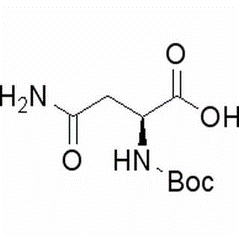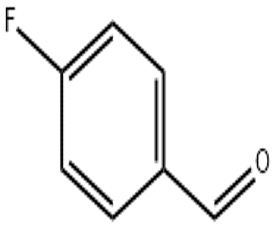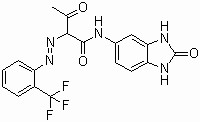2-(Trifluoromethoxy)benzyl alcohol(CAS# 175278-07-6)
Risk and Safety
| Risk Codes | R36/37/38 – Irritating to eyes, respiratory system and skin. R43 – May cause sensitization by skin contact R36 – Irritating to the eyes R22 – Harmful if swallowed |
| Safety Description | S26 – In case of contact with eyes, rinse immediately with plenty of water and seek medical advice. S36 – Wear suitable protective clothing. S36/37 – Wear suitable protective clothing and gloves. |
| HS Code | 29221990 |
| Hazard Class | IRRITANT |
2-(Trifluoromethoxy)benzyl alcohol(CAS# 175278-07-6) introduction
2-(Trifluoromethoxy)benzyl alcohol. The following is an introduction to its properties, uses, manufacturing methods and safety information:
Quality:
- Appearance: 2-(trifluoromethoxy)benzyl alcohol is a colorless to light yellow solid.
- Solubility: soluble in some organic solvents such as methanol and ethanol, insoluble in water.
- Stability: Relatively stable at room temperature, but may be affected by light, heat, and oxidizing conditions.
Use:
- 2-(Trifluoromethoxy)benzyl alcohol is often used as an important intermediate in organic synthesis.
Method:
- There are various preparation methods for 2-(trifluoromethoxy)benzyl alcohol, and one of the common preparation methods is to react 2-(trifluoromethoxy)benzaldehyde with sodium hydroxide in an alcohol solvent.
Safety Information:
- 2-(Trifluoromethoxy)benzyl alcohol should be used in accordance with general laboratory practices.
- The compound may cause irritation and damage to the eyes, skin, and respiratory tract, and appropriate personal protective equipment such as gloves, masks, and goggles should be worn.
- During storage, the compound should be kept dry and airtight to avoid contact with oxidants and flammable substances.








